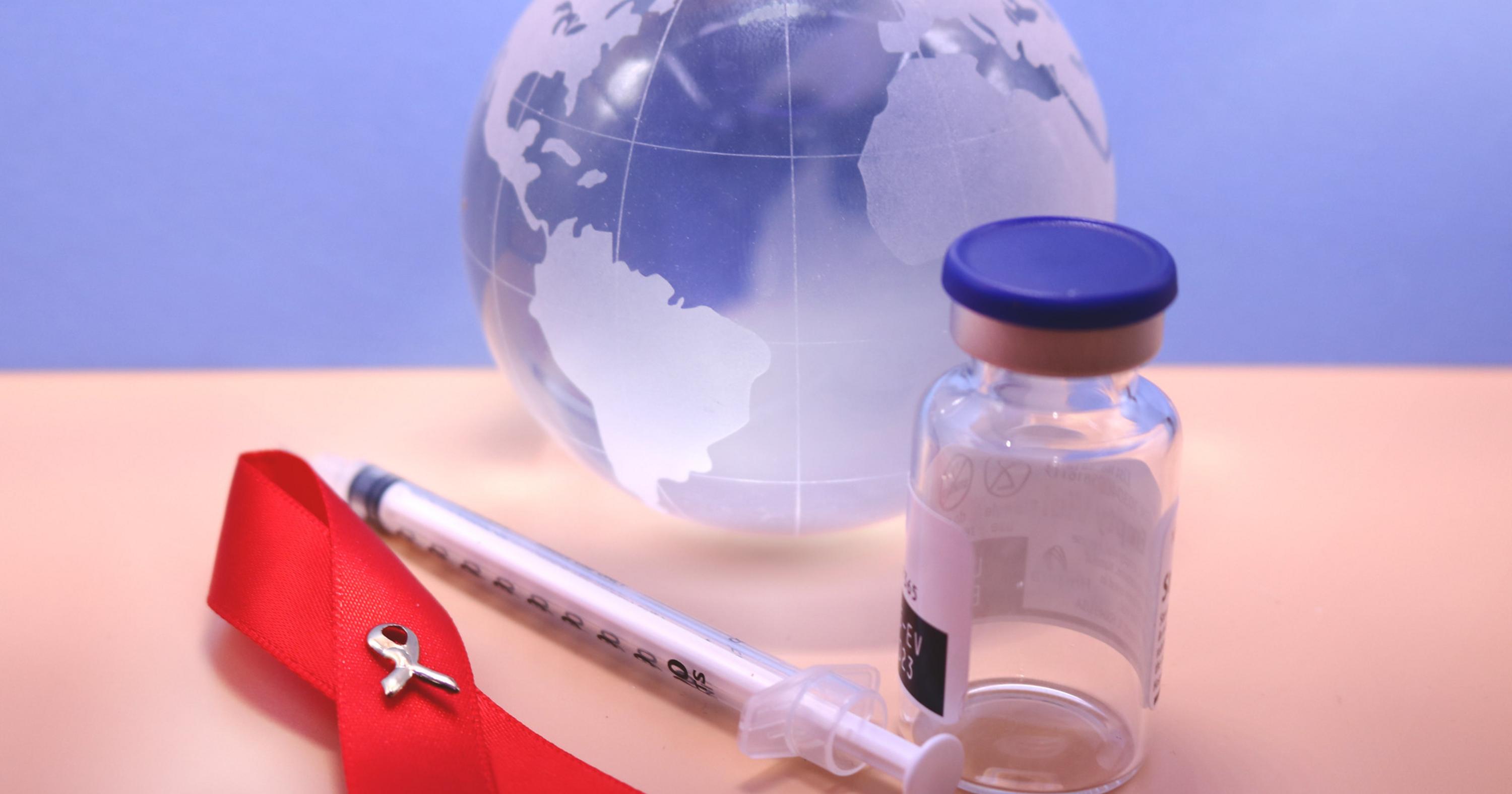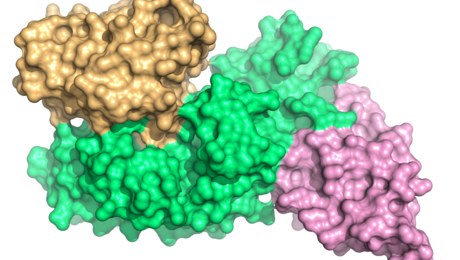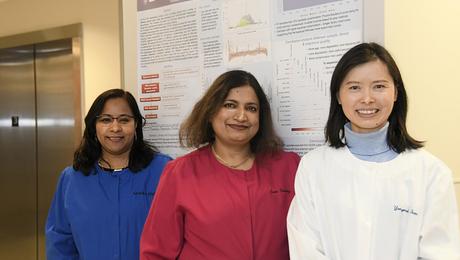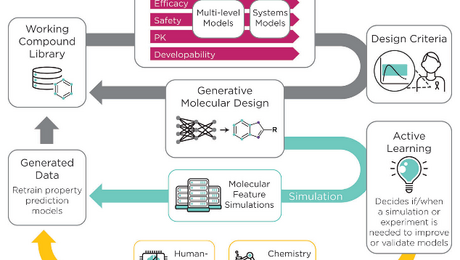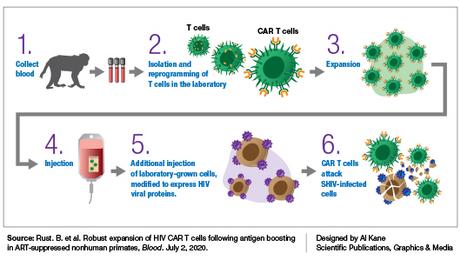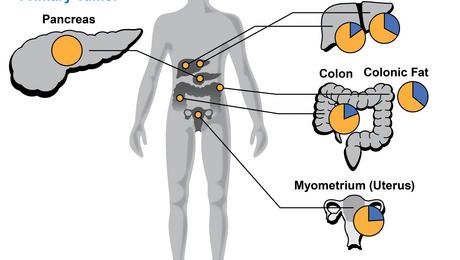All News
Technology Showcase leads to a model partnership
Partnership Development OfficePosted 10/20/2020The 2020 Technology Showcase was Maurice Hampton’s second time at the annual event, but his first opportunity to announce a collaboration that wouldn’t have been possible without it.
Hampton is the executive chairman and chief executive officer of early-stage biopharmaceutical company Telesis Therapeutics. In 2019, he drove three hours from Philadelphia to Frederick…
Novel prodrug platform enables drug delivery to lymphatic system
Nanotechnology Characterization LaboratoryPosted 9/30/2020A team of researchers at the Frederick National Laboratory for Cancer Research (FNL) has developed a nanotechnology platform which targets the lymphatic system, an approach that could provide more effective treatment and therapies against infectious diseases and cancer.
The platform is based on poly(L-lysine succinylated) (PLS) polymer, a biodegradable polymer of the amino…
2020 Technology Showcase brings NCI and FNL technologies to a new audience
Posted 9/28/2020The 2020 Technology Showcase on September 9 brought well over 300 viewers for a half-day of presentations and panels on technology commercialization and collaboration. The annual event once again highlighted the capabilities of the Frederick National Laboratory for Cancer Research (FNL), National Cancer Institute (NCI), and greater Frederick region—but this year, with its…
Research on RAS-driven cancers yields key finding about developmental syndrome also caused by RAS protein
RAS InitiativePosted 9/16/2020By investigating the biological structure of a protein known to cause a genetic skin condition, scientists at the Frederick National Laboratory for Cancer Research validated a decades-old hypothesis about disease implications surrounding the protein’s mutation in a recent study published in Cell Reports.
The RAS Structural Biology team is part of the National Cancer…
Sequencing Facility uses cutting-edge technology to make the old new again
Posted 9/10/2020Just a few years ago, it was difficult to get any meaningful sequence data from formalin-fixed, paraffin-embedded (FFPE) patient samples.
These samples are easy to make and store, so there is a high number of these available. But RNA and DNA degrade over time, with RNA degrading much more easily, making it difficult to produce meaningful data from old or poorly stored…
AMPL opportunity: Consortium releases first product for faster drug discovery
Cancer Data Science InitiativesPosted 8/27/2020The Accelerating Therapeutics for Opportunities in Medicine (ATOM) Consortium, an initiative that aims to expedite research and development for new medicines, is making headway.
The group recently released its first product: the ATOM Modeling PipeLine (AMPL, pronounced “ample”), an open-source software package that uses data and machine learning to predict chemical…
Adding a second step to CAR T-cell therapy may make it effective against HIV
Posted 8/26/2020Chimeric antigen receptor or CAR T-cell therapy is FDA approved to treat patients with blood cancers including non-Hodgkins lymphoma and acute lymphoblastic leukemia, whose disease persists or returns following first-line treatments. One reason CAR T-cell therapy is effective is because a patient’s blood contains an abundance of the cancer cells that stimulate the activation…
Serendipitous collaboration leads to potential therapy for liver cancer
Posted 8/16/2020
A group of killer T cells (green and red) surrounding a cancer cell (blue, center). When a killer T cell makes contact with a target cell, the killer cell attaches and spreads over the dangerous target and destroys it.
The old adage that says two heads are better than one certainly seems true for Mitchell Ho, Ph.D., a senior investigator in the Center for Cancer…
Nanotechnology Characterization Laboratory supports long-term study evaluating toxicity from nanoparticles
Posted 8/2/2020The Frederick National Laboratory’s Nanotechnology Characterization Laboratory recently supported a first-of-its-kind study examining whether nanoparticles used for drug delivery, vaccines, and biomedical imaging were toxic over an extended period of time.
The study, led by the Utah Center for Nanomedicine at The University of Utah, looked at the toxicity of certain…
Analysis of “rapid autopsy” tumor tissue may offer guidance to stop or slow cancer’s spread
Posted 7/27/2020Results from genomic testing of a cancer patient’s biopsy tissue can help guide treatment decisions, depending on the types of gene mutations found. But as it spreads or stops responding to treatment, the cancer changes and develops new mutations. Insights gained from the biopsy of the primary tumor may no longer be relevant in determining next steps.
To piece together the…


